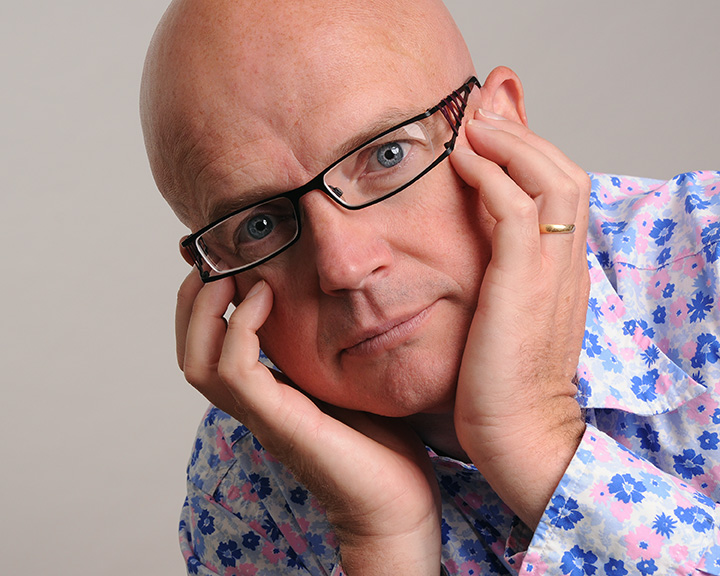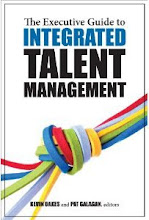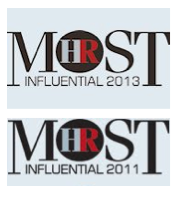We've been talking a lot about fun at Gamify HR and the World Gamification Congress. But does gamification create fun and how does it impact people's emotional behaviour?
To answer this question Redbility, Gameonlab and Usenns have created Gamification Report.
Daniel Gonzales from Redability explained that they have been comparing projects using gamification and not using it and looking at the different impacts they have. There's also an online questionnaires in an 'Evaluatron' (pictured above) which will try to involve thousand of users to identify how they believe.
But the most interesting aspect is a neuroscience laboratory where biometric parameters will be analysed - cardio rate, breathing rate and especially brain waves. Wow! - neuroscience and gamification. Add big data to this and you've got a perfect storm of hashtags which I just had to try out.
Here's me dressed in the newest if not sexiest wearable - an electroencephalogram (EEG) cap.
Here's me dressed in the newest if not sexiest wearable - an electroencephalogram (EEG) cap.
Researchers will be measuring the emotional reaction that gamification triggers and how this is different to non-gamified experiences. That's difficult because humans have very little idea about the emotions they are experiencing. You can't just ask people what emotions someone is experiencing - rationlising this just creates a construct not the true emotion.
And you can evaluate it from a statistical perspective but you can't do this for a particular tool. 80 bbm can mean stress for one person and relaxed for another - this is the calibration issue when looking at brain activities in response to stimulus.
Javier Minguez from BitBrain (in a lab coat to make him look clever) explained how their
neuroscience lab will be taking a measure of emotional engagement of a person with a brand before they enter the lab. People are divided into two groups - one has a gamified and the other a non gamified experience
neuroscience lab will be taking a measure of emotional engagement of a person with a brand before they enter the lab. People are divided into two groups - one has a gamified and the other a non gamified experience
The researchers then monitor emotional engagement in terms of the difference between these two groups and through the gamification experience as it progresses.
They repeat the initial test after the exercise and see what difference this means in terms of emotional engagement with the brand.
Here's my brain activity on the bottom of the slide - it's currently just averaged over the exercise (which is why it's a bit dull) compared to experiences of positive and negative emotional states at the top.
The research is then going to break this down into different brain states at each step in the gamification process through some pretty complex big data analysis.
Here's my brain activity on the bottom of the slide - it's currently just averaged over the exercise (which is why it's a bit dull) compared to experiences of positive and negative emotional states at the top.
The research is then going to break this down into different brain states at each step in the gamification process through some pretty complex big data analysis.
Early results of the real research are impressive - showing 72% engagement after gamification vs 40% in the control group.
- Consulting - Research - Speaking - Training - Writing
- Strategy - Talent - Engagement - Change and OD
- Contact me to create more value for your business
- jon [dot] ingham [at] strategic [dash] hcm [dot] com
































0 comments:
Post a Comment
Please add your comment here (email me your comments if you have trouble and I will put them up for you)